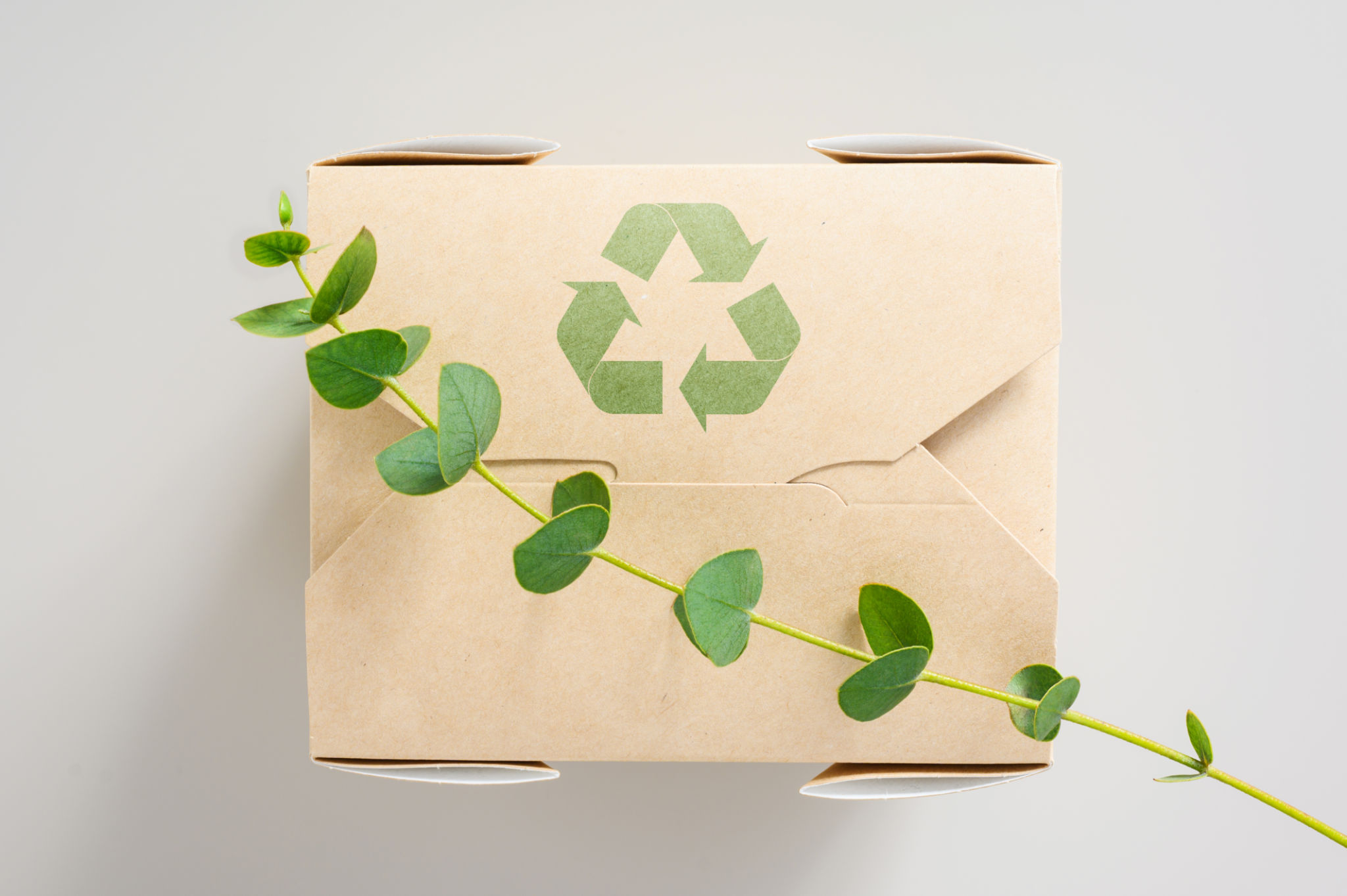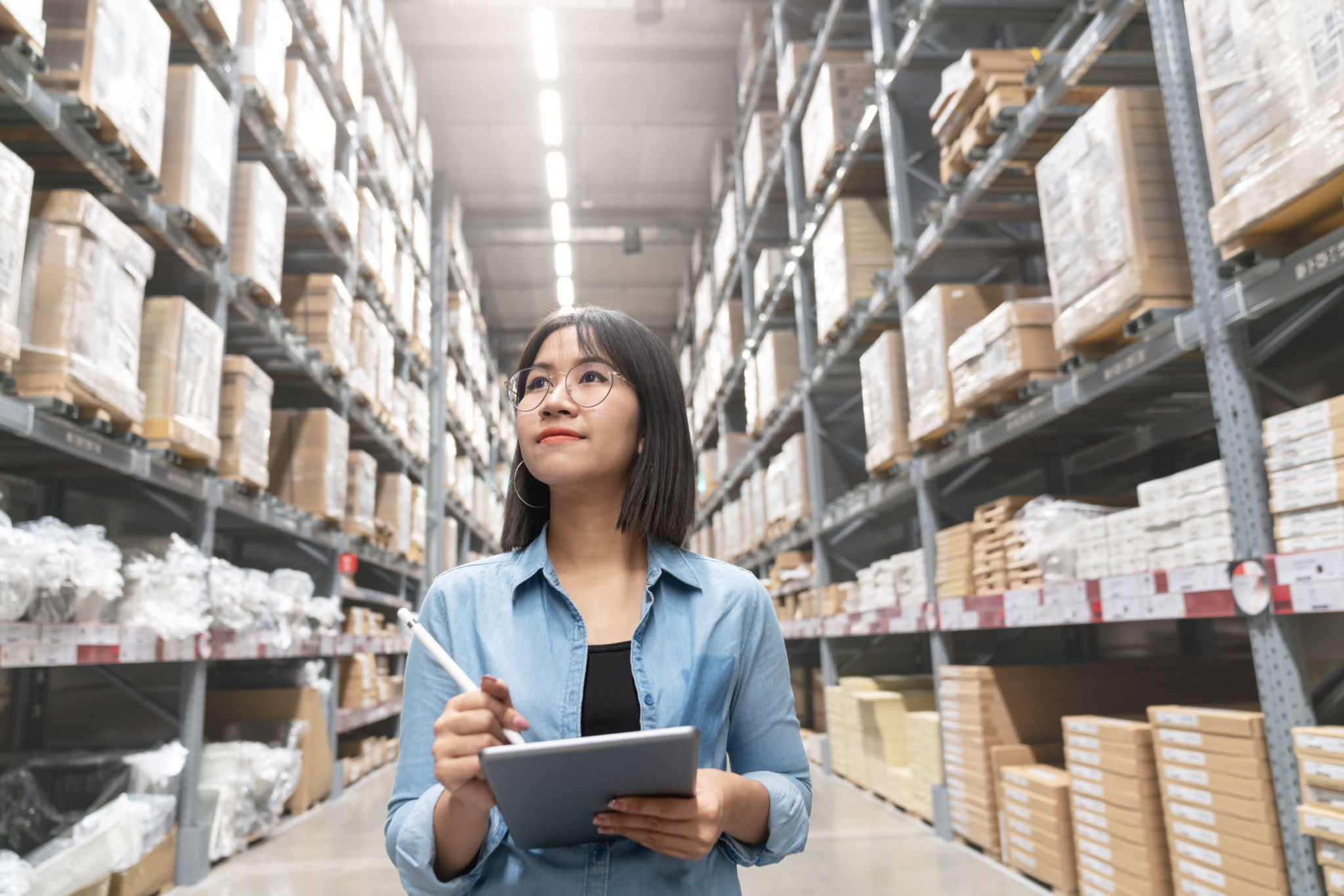Expert Tips on Transitioning to Reusable Packaging for Your Business
In today's environmentally conscious world, businesses are increasingly looking for ways to reduce their carbon footprint. Transitioning to reusable packaging is a significant step in this direction. Not only does it benefit the planet, but it can also enhance your brand's image and appeal to eco-minded consumers.
Understanding the Benefits of Reusable Packaging
Reusable packaging offers numerous advantages over traditional single-use options. Firstly, it helps in reducing waste and conserving natural resources. By reusing materials, businesses can significantly cut down on the amount of packaging that ends up in landfills.

Moreover, reusable packaging can be more cost-effective in the long run. While the initial investment might be higher, the repeated use of durable materials can lead to substantial savings over time. This cost-efficiency can be an attractive proposition for businesses aiming to improve their bottom line.
Conducting a Packaging Audit
Before making the transition, it's essential to conduct a thorough packaging audit. This involves evaluating your current packaging practices and identifying areas where reusable options could be implemented. Consider factors such as material durability, transportation efficiency, and storage requirements.
- Assess the types of materials currently in use.
- Identify opportunities for switching to reusable alternatives.
- Consider the impact on logistics and supply chain management.

Selecting the Right Materials
Once you've identified potential areas for change, selecting the right materials is crucial. Opt for materials that are durable and can withstand multiple uses without compromising quality. Common choices include glass, metal, and robust plastics designed specifically for reuse.
It's also important to consider the environmental impact of these materials throughout their lifecycle. Ensure that they are both recyclable and sourced from sustainable practices whenever possible.
Engaging with Stakeholders
Successfully transitioning to reusable packaging requires buy-in from all stakeholders involved. This includes suppliers, employees, and customers. Engage with them early in the process to understand their concerns and gather valuable feedback.

Communicate the benefits of this transition clearly and highlight how it aligns with broader sustainability goals. By fostering a collaborative environment, you can ensure smoother implementation and greater acceptance across all levels of your business.
Implementing and Monitoring Your Strategy
After planning and stakeholder engagement, it's time to implement the new packaging strategy. Start small by introducing reusable packaging in specific product lines or regions before scaling up. This phased approach allows you to test effectiveness and make necessary adjustments.
- Launch pilot projects to evaluate performance.
- Gather data on cost savings and environmental impact.
- Adjust strategies based on real-world feedback and results.
Regularly monitor and review the performance of your reusable packaging initiatives. Use metrics such as waste reduction levels, cost savings, and customer feedback to assess success and identify areas for improvement.
Transitioning to reusable packaging is not just a trend; it's a responsible business practice that leads to lasting positive change. By following these expert tips, your business can contribute to a more sustainable future while enjoying economic benefits and strengthening its brand reputation.
